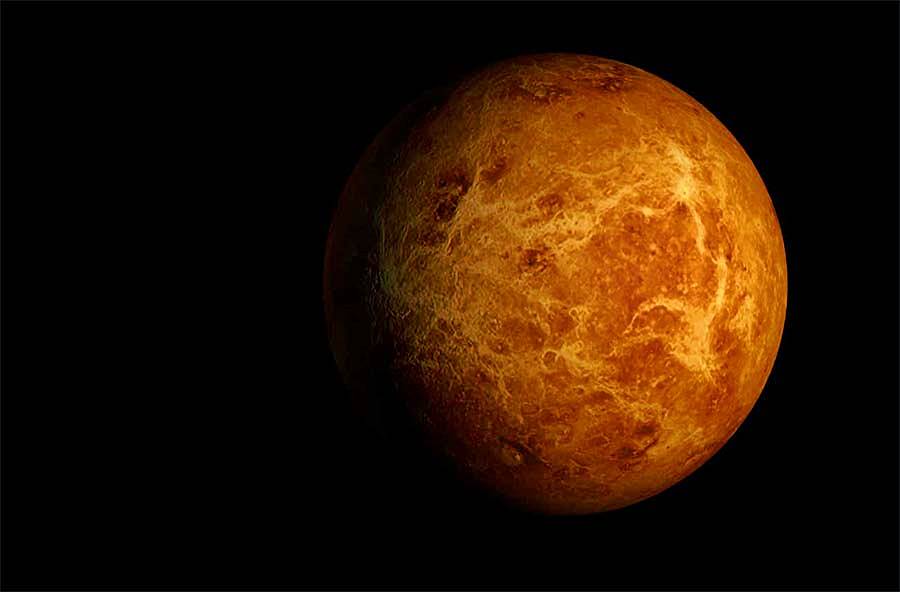Tue 21 December 2021:
Are you trying to get into a morning routine for the new year? Venus is, too. The planet will undergo a transformation that only happens once every 584 days.
Along the way, it will sink, swell and appear to vanish entirely from the sky during January—a journey visible from most anywhere.
Venus has been creeping toward inferior conjunction, a period of time where it will move between the sun and the Earth, according to NASA. By Jan. 8, the Fiske Planetarium at the University of Colorado predicts that Venus will be in a direct line between the earth and the sun, the Denver Post reported.
The inferior conjunction period occurs only once every 584 days, according to In the Sky Organization, which uses data from NASA’S Jet Propulsion Laboratory to predict the movements of planets.
Up until Jan. 8, the planet will continue to sink toward the horizon and will pass perigee at the same time, which is the moment Venus is closest to its neighbor, Earth. The proximity to Earth will make the planet appear larger, and offer easy spotting opportunities to novice planet-watchers.
On Dec. 28, viewers can see Venus and Mercury at their lowest on the west-southwestern horizon. Venus, which is the second brightest planet behind the moon, will be the easiest to spot, NASA says. It recommends that people take a look about 30 minutes before sunset for good viewing.
Jan. 5 will be the last evening that Venus will be above the horizon 30 minutes after sunset, according to NASA.
“There’s an eight-day period where it is lost in the brightness of the sun as it goes from being in the evening sky to being in the morning sky,” John Keller, director of the Fiske Planetarium told the Denver Post. “If you see Venus in the evening on the third of January, on the morning of the 12th or 13th of January you might just catch it on the other side of the sky in the morning. And by the end of January, it will be high and brilliant in the morning sky.”
NASA predicts that Venus will reemerge after its hiatus with the sun on or after Jan 11., and be visible in the morning sky.
Venus will also have a superior conjunction in the future, too, which is when the planet will appear the smallest and be at its furthest side of orbit from Earth, peeking out from behind the sun. Its last superior conjunction occurred on March 26, 2021 and the next one will happen on Oct. 22, 2022, according to Earth Sky Organization.
Venus is similar in size to Earth and while it isn’t the closest planet to the sun, it is the hottest. Its thick atmosphere keeps the planet warm and packed with toxic gases, and it is speckled with mountains and volcanoes.
Venus spins strangely, too. While most planets spin and orbit the sun in a clockwise direction, Venus spins in a counterclockwise direction, while orbiting the sun clockwise—also known as moving in retrograde.
Since Venus is one of the brightest objects in the sky, following the moon, it has been no stranger to civilizations far back in history.
“In Mayan culture, Kukulkan, a feathered serpent god associated with Venus, passes into the underworld and is then reborn in those eight days,” Keller told the Denver Post. “Every time Venus goes in front of the sun, there’s a death and rebirth myth associated with this passage from the evening to the morning sky.”
SOURCE: Phys.org
_____________________________________________________________________________
FOLLOW INDEPENDENT PRESS:
TWITTER (CLICK HERE)
https://twitter.com/IpIndependent
FACEBOOK (CLICK HERE)
https://web.facebook.com/ipindependent
Think your friends would be interested? Share this story!





